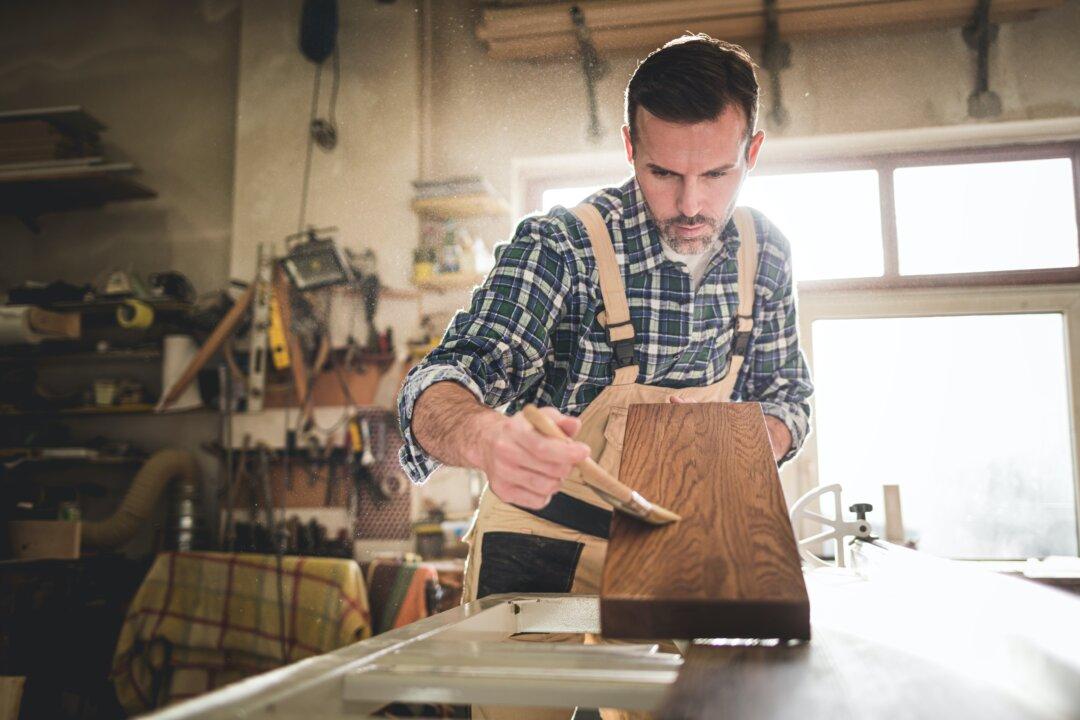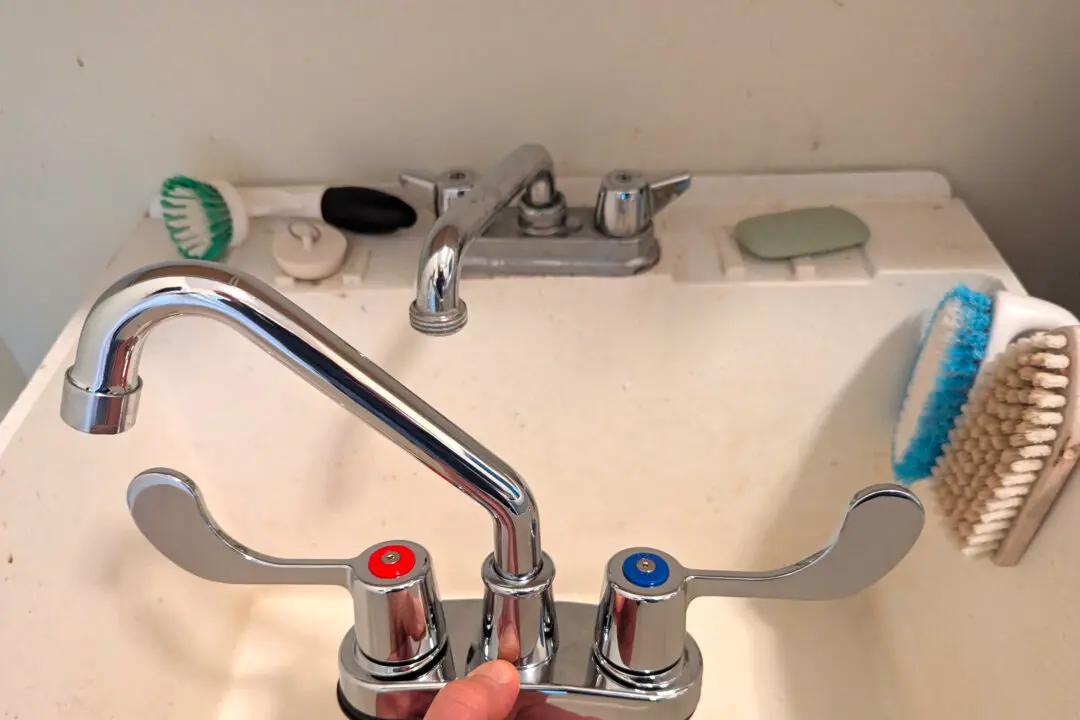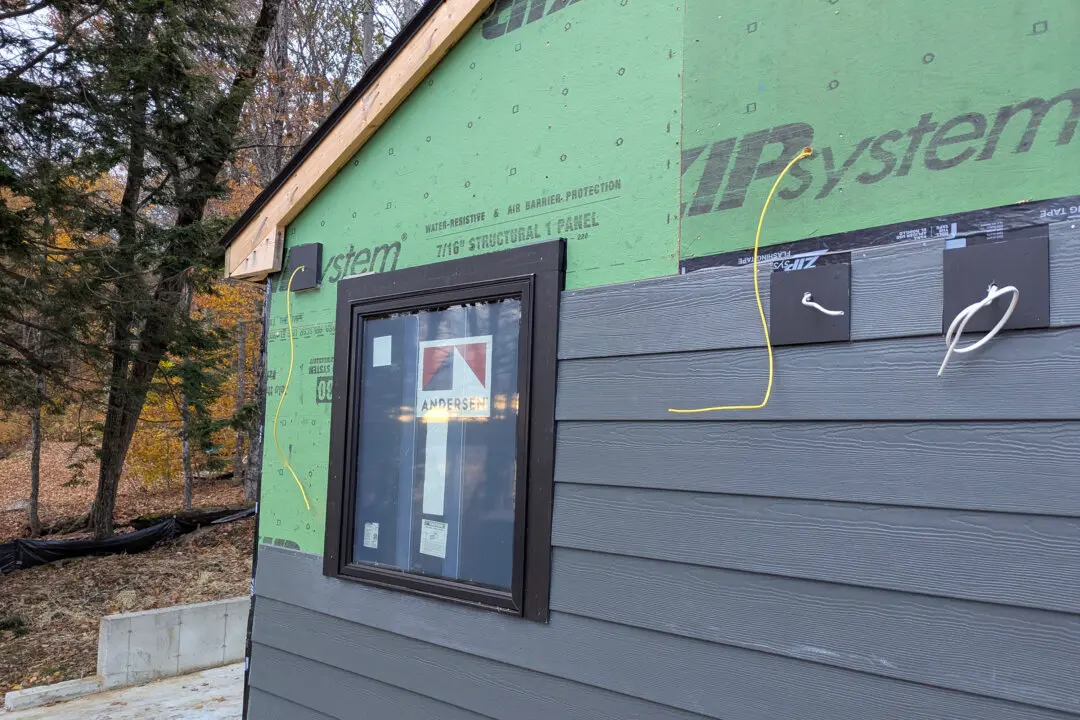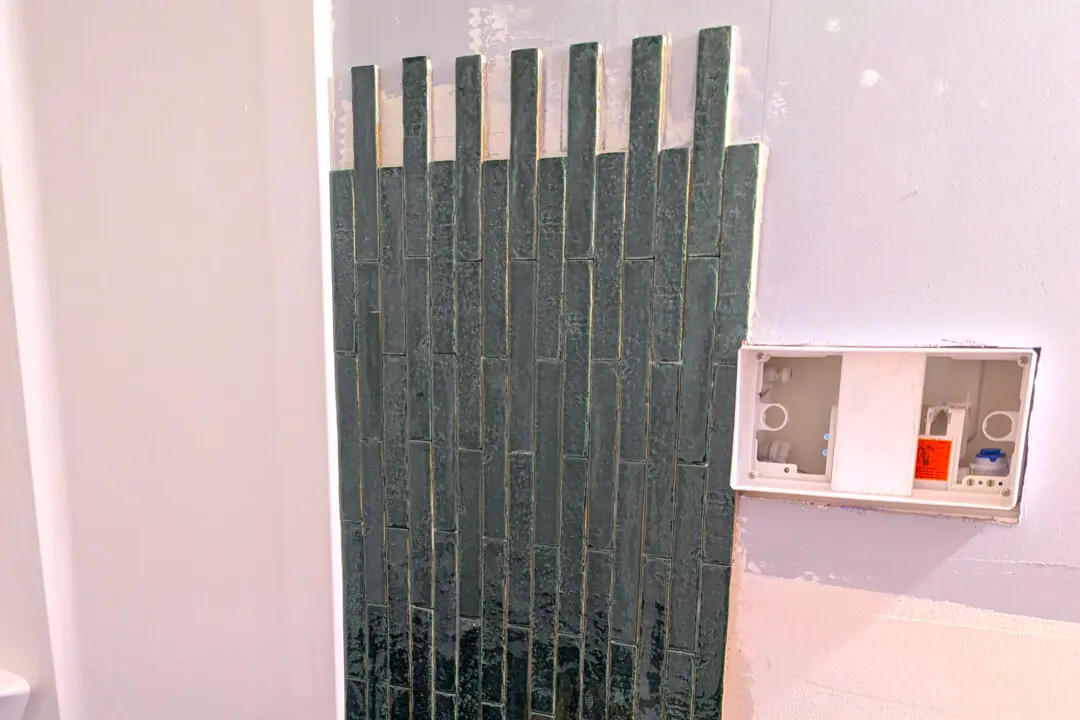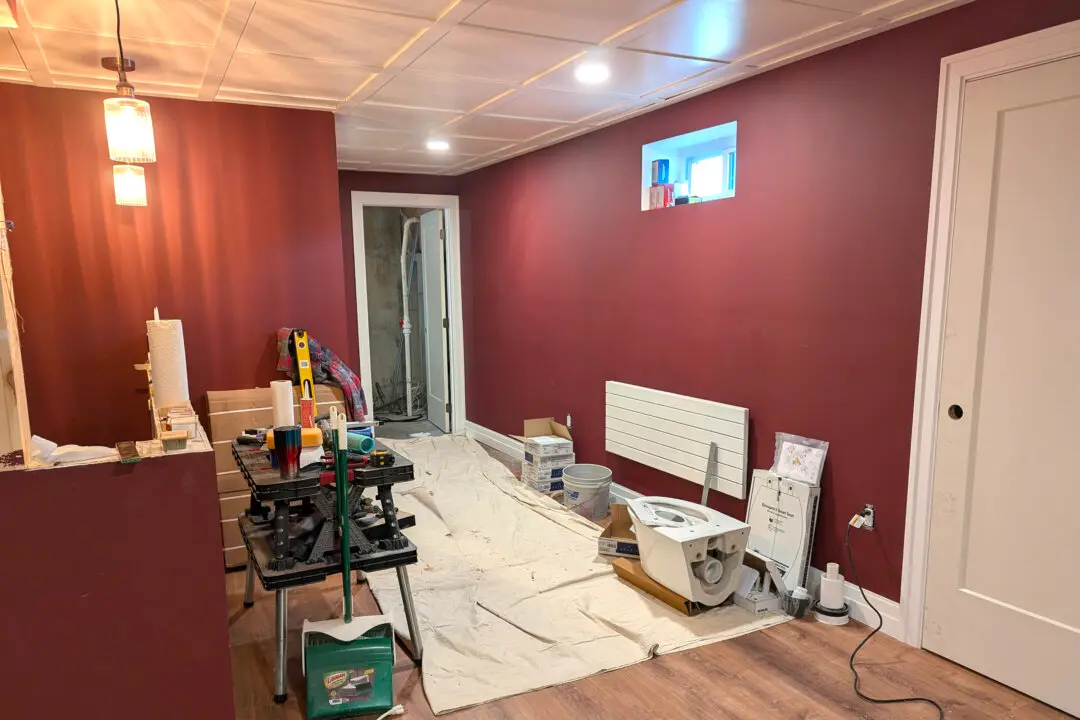Not long ago in this column, I shared why it’s so hard to preserve exterior wood using any number of products. One of them was paint. You may have been one of the many readers that reached out to me.
If I had to boil down all the emails I received to just one, it would have read: “Tim, I have to paint my exterior (fill in the blank). I don’t have a choice. Why do paints fail, what can I do to get the longest-lasting result, and what is the best exterior paint in your opinion?”
Hoo boy! Countless professional papers have been written about these topics. Scientists with PhDs in chemistry spend their entire careers wrestling with these questions. That said, I’ll do my best to answer them in the limited space of this column. Let’s get started.
First and foremost, it’s important for you to realize that common exterior house paint is really just glue with color added to it. Think about it. Glue sticks to things, right? That’s what you want: Your paint needs to stick to your house siding, windows, furniture, deck railing and so forth. And, if given the choice, you’d want it to stick for 20 or 30 years!
In my previous column, I wrote that paint and wood don’t play well together because wood has a propensity to expand and contract when it gets wet and then dries. Most paints can’t take this back and forth motion and eventually crack and lose their grip on the wood. Peeling paint is the result.

